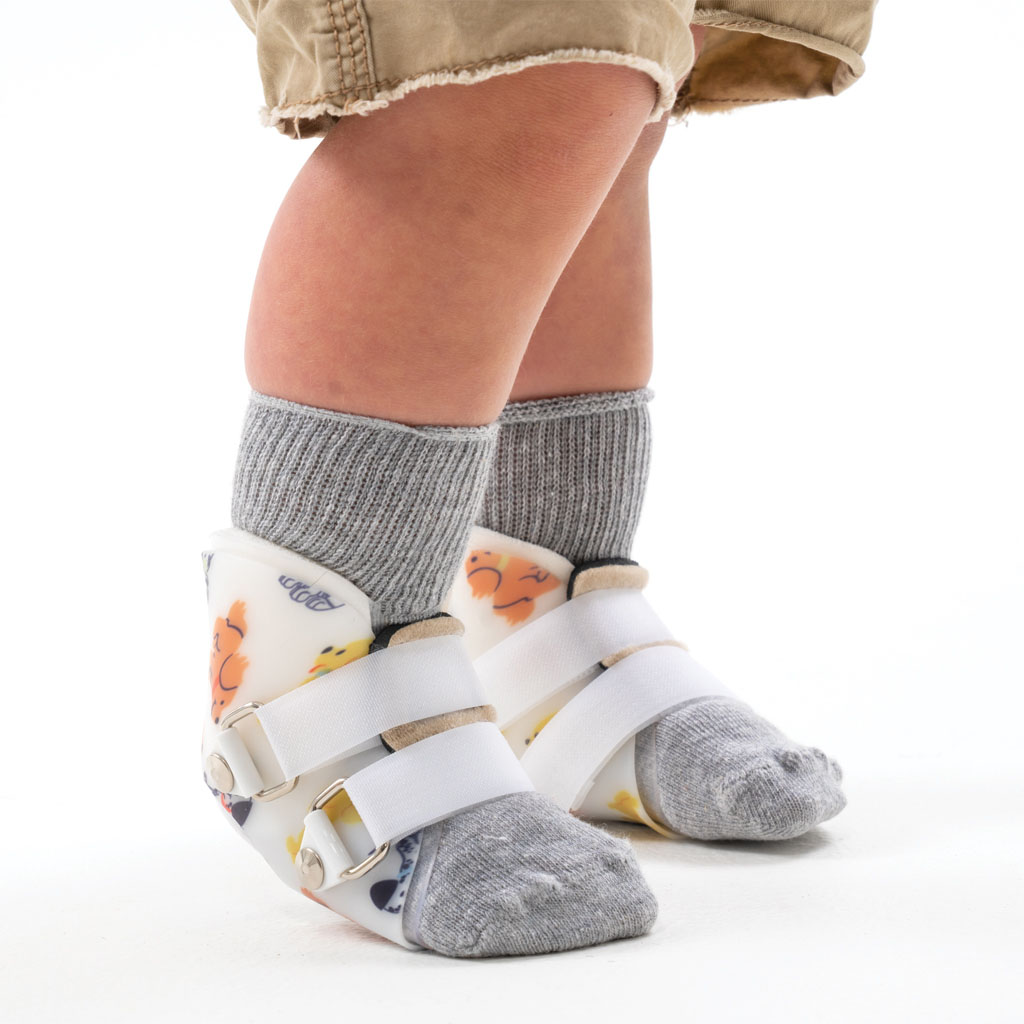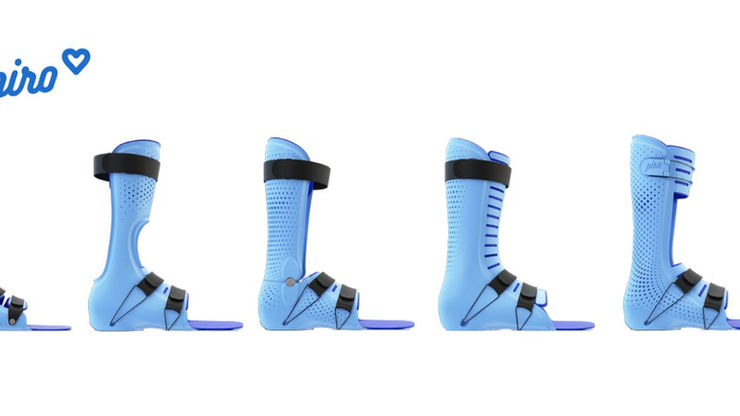Some Known Incorrect Statements About Foot Braces
Some Known Incorrect Statements About Foot Braces
Blog Article
Foot Braces Can Be Fun For Anyone
Table of ContentsNot known Details About Foot Braces The Best Guide To Foot Braces3 Easy Facts About Foot Braces Explained
(1) Background: ankle-foot orthosis (AFO) is one of the most frequently suggested orthosis to people with foot decrease, and ankle and foot troubles. In this research study, we aimed to assess the frequently used kinds of AFO and introduce the recent growth of AFO. (2) Techniques: narrative review. (3) Outcomes: AFO avoids the foot from being dragged, gives a clearance between the foot and the ground in the turning phase of stride, and maintains a secure position by allowing heel call with the ground throughout the stance stage.By placing thermoformed plastic to cover the positive plaster design, it generates the orthosis in the exact shape of the version. PAFO generally consists of a shank covering, foot plate, and Velcro band, with rest on ankle joint joints as required [13,14] PAFO can be classified according to the visibility of hinges, primarily as solid ankle types without hinges and hinged ankle joint kinds with extra joints.
The leaf-like folds are meant to enhance the part of the ankle with one of the most amount of activity and duplicated loadings. The folds act as a spring in the ankle joint that permits mild dorsiflexion in the mid and incurable stances, and this flexibility can additionally partially help the push-off function in the incurable position.

Some Known Factual Statements About Foot Braces
The plantarflexion can also be totally restricted by suitable the shells at 90 without room in between. The Gillette joint, like the Oklahoma joint, links a different shank covering with the foot shell, allowing both plantarflexion and dorsiflexion. HAFO is commonly made use of in youngsters with spastic diplegia and clients with spastic hemiplegia after stroke, as it can check my site extend the ankle joint plantar flexor to reduce stiffness and decrease topsy-turvy muscle-response patterns.
